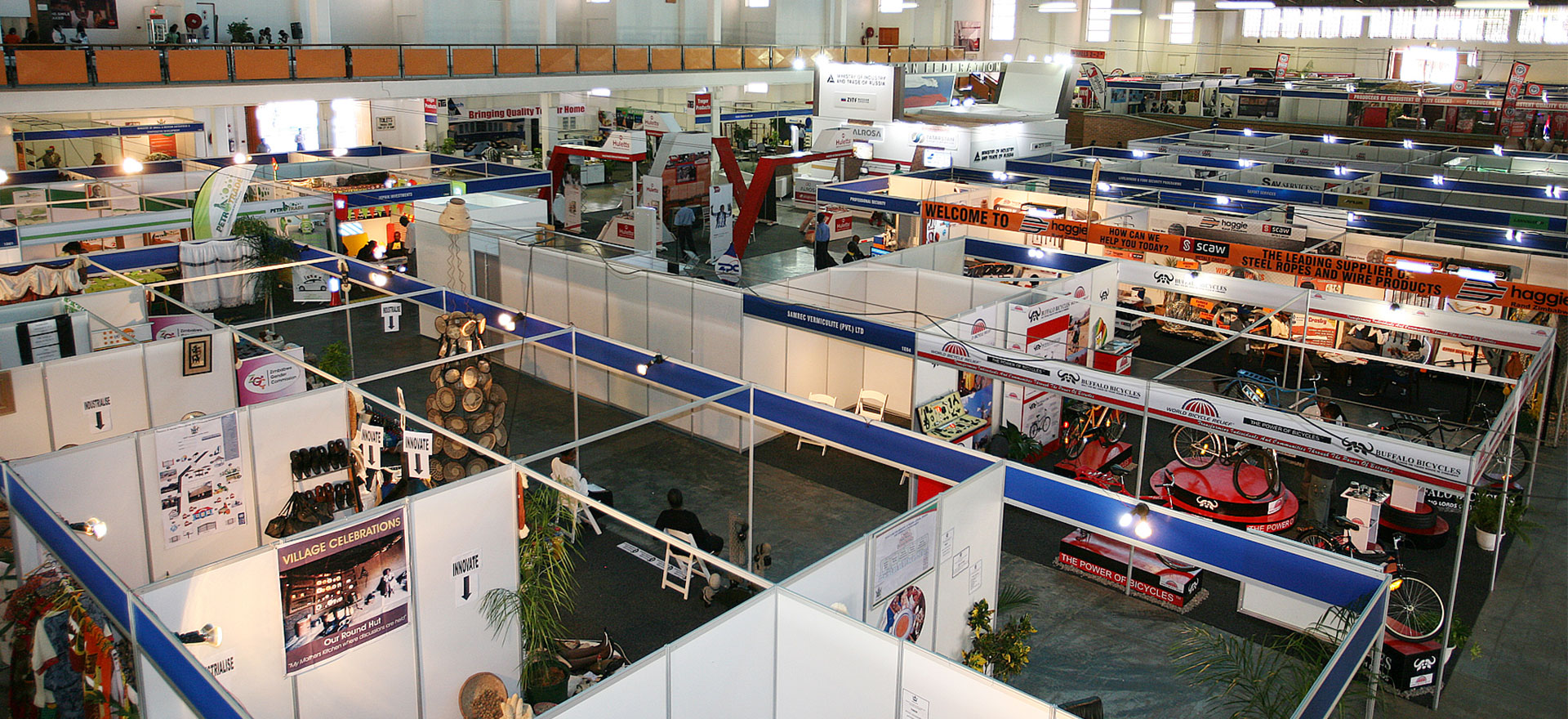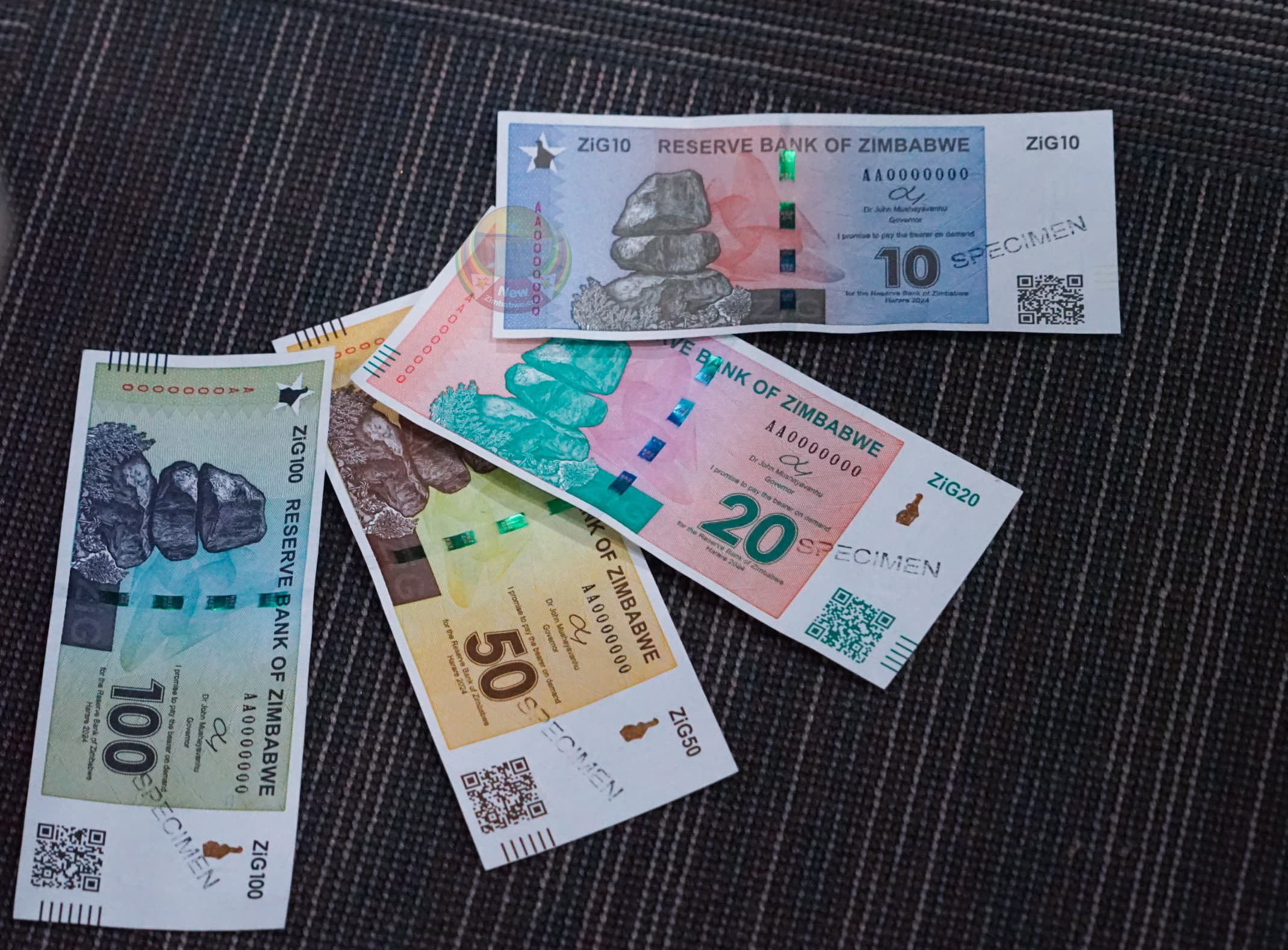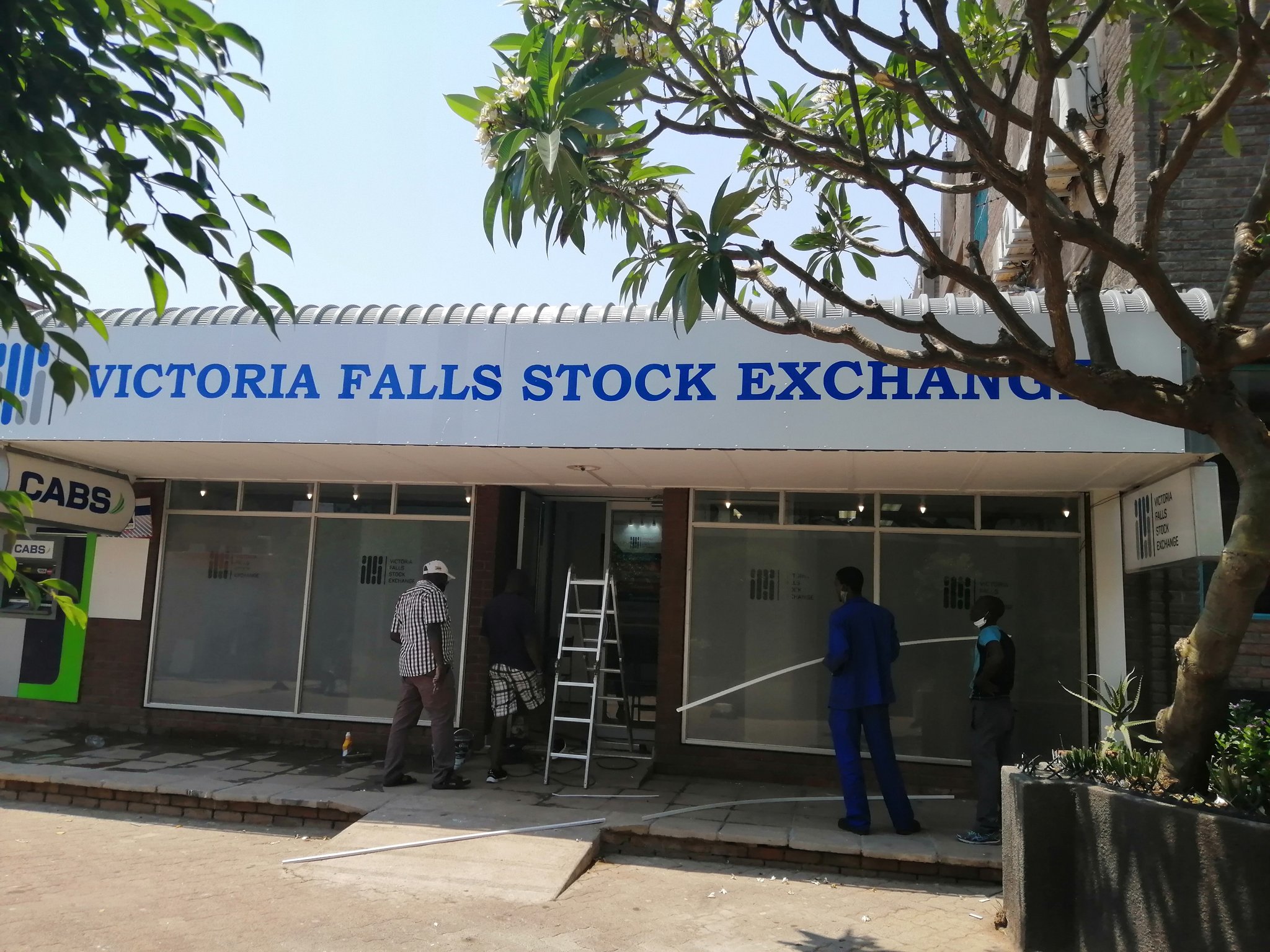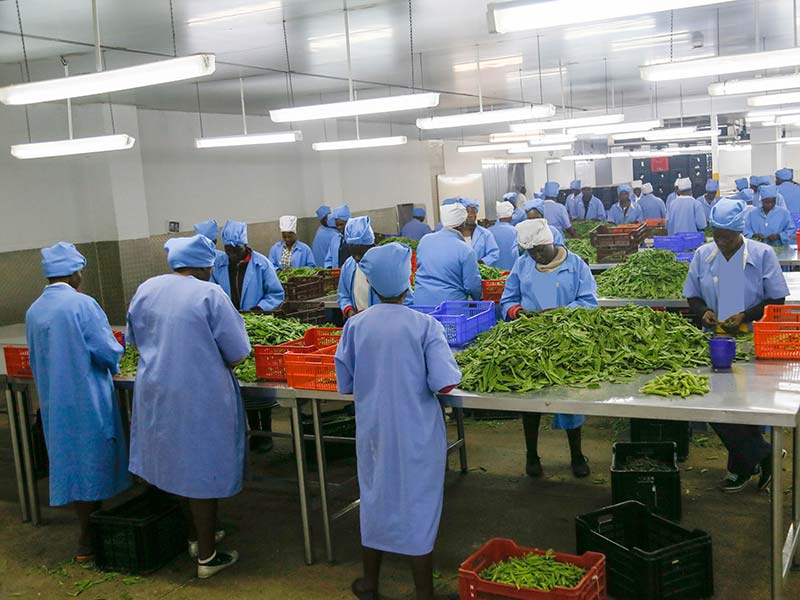Nhimbe finalising out grower finance
Nhimbe Fresh Produce, one of Zimbabwe’s biggest horticultural companies, is finalising
a funding structure to boost its out-grower base as it targets more export volumes.
The company has already established its distribution hub in Dubai where it will move its
products to various parts of Europe, chief executive Dr Edwin Moyo said.
Horticulture, previously a key foreign currency earner for the country, is steadily
expanding on the back of renewed interest following years of subdued performance.
“The biggest problem for our smallholder farmers is funding because the local banks are
reluctant to provide loans,” said Dr Moyo in an interview last Friday. “So we are coming
up with a flexible funding structure that will ensure they get funding on time.”
Dr Moyo said due to funding constraints largely resulting from their lack of collateral
security, Nhimbe’s grower base has shrunk by almost 50 percent from 500 farmers.
This has also been compounded by insufficient power supplies for irrigation.
At the moment, the farmers self-fund the production of their crops; then Nhimbe assists
with taking the product to the markets. “We are hoping that the facility will help us to
reach all corners of the country, all the provinces,” said Dr Moyo.
To ensure the farmers produce high-quality crops; that meet export standards, Nhimbe,
with partners, will provide extension services “to ensure best farming practices.”
The targeted crops include ginger, garlic, potatoes, fruits, cornflower, butternuts,
watermelon, sweetcorn and red onions. Nhimbe has established five warehouses in Dubai
with a daily holding capacity of 500 tonnes where products will be stored.
“We want to be in control (of our products) from the time they leave Zimbabwe until they
reach the final consumer,” said Dr Moyo. “So the warehouses will be our marketing hub.
“We will be moving the products from the warehouses to various markets in Dubai, the
Far East, and Europe and these would be the raw form or semi-processed.
“Having our own warehouses means that we are no longer dependent on agents and that
business model (of using middlemen) was not going to be sustainable.”
Last year, the Government unveiled a US$30 million revolving facility to support the
sector from a portion of the International Monetary Fund’s US$970 million SDRs.
Lands, Agriculture, Fisheries, Water and Rural Development permanent secretary John
Basera told local media last week there had already been significant improvements in
production of several horticultural crops. “The horticultural sector is fast expanding
given the commitment by the government and the subsequent successful establishment
of the US$30 million horticulture export revolving fund, where horticulture exporters
have already started benefiting.
He said blueberry production rose 34 percent to 4 700 tonnes in 2022 while output is
expected to reach 6 500 tonnes in this year’s planned land area of 470 hectares.
However, some industry players said the funding was “difficult to access” due to tight
conditions. Through the risk-sharing and co-financing model, selected banks are
required to conduct their normal credit assessments and due diligence on those who need
to access the facility. Currently, typical cash crops being produced for the export market
include temperate fruits (oranges, apples, pears, peaches, and nectarines), tropical fruits
and vegetables (baby corn, butternut, citrus, chili, gem squash, kiwi, lychee, mango,
passion fruit, and pineapples), baby carrots, fine beans, cherry tomatoes, mange tout
peas, melon, strawberries and sweet corn, as well as flowers.
Other major markets for Zimbabwe’s horticultural exports are the Netherlands, the
United Kingdom, South Africa, Germany, Hong Kong, Portugal, France, China, Norway,
Poland, and Spain, according to Zimtrade, the country’s export promotion body.
The UK is the second-largest importer of Zimbabwean horticultural products and with
the coming of the UK- Eastern and Southern Africa Economic Partnership Agreement,
Britain has signaled its intention to strengthen bilateral trade relations.
With the Horticulture Recovery and Growth Plan under implementation to stimulate
export growth, indications are that local farmers will boost production, making it easy to
meet the requirements of buyers and growing demand.-The Herald












